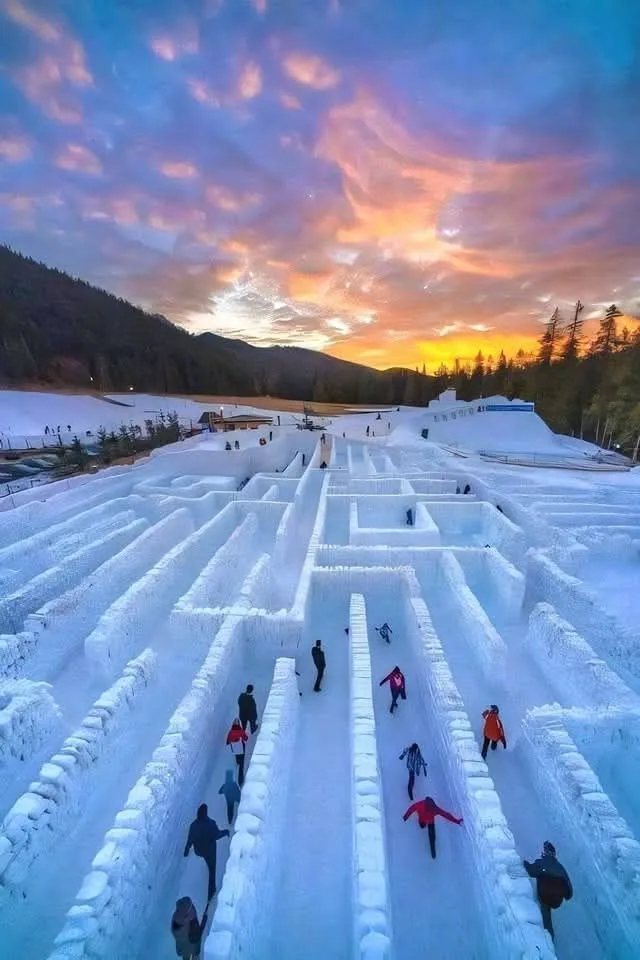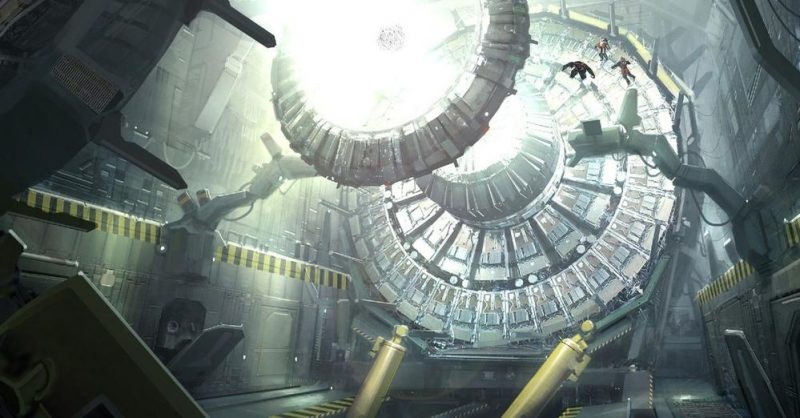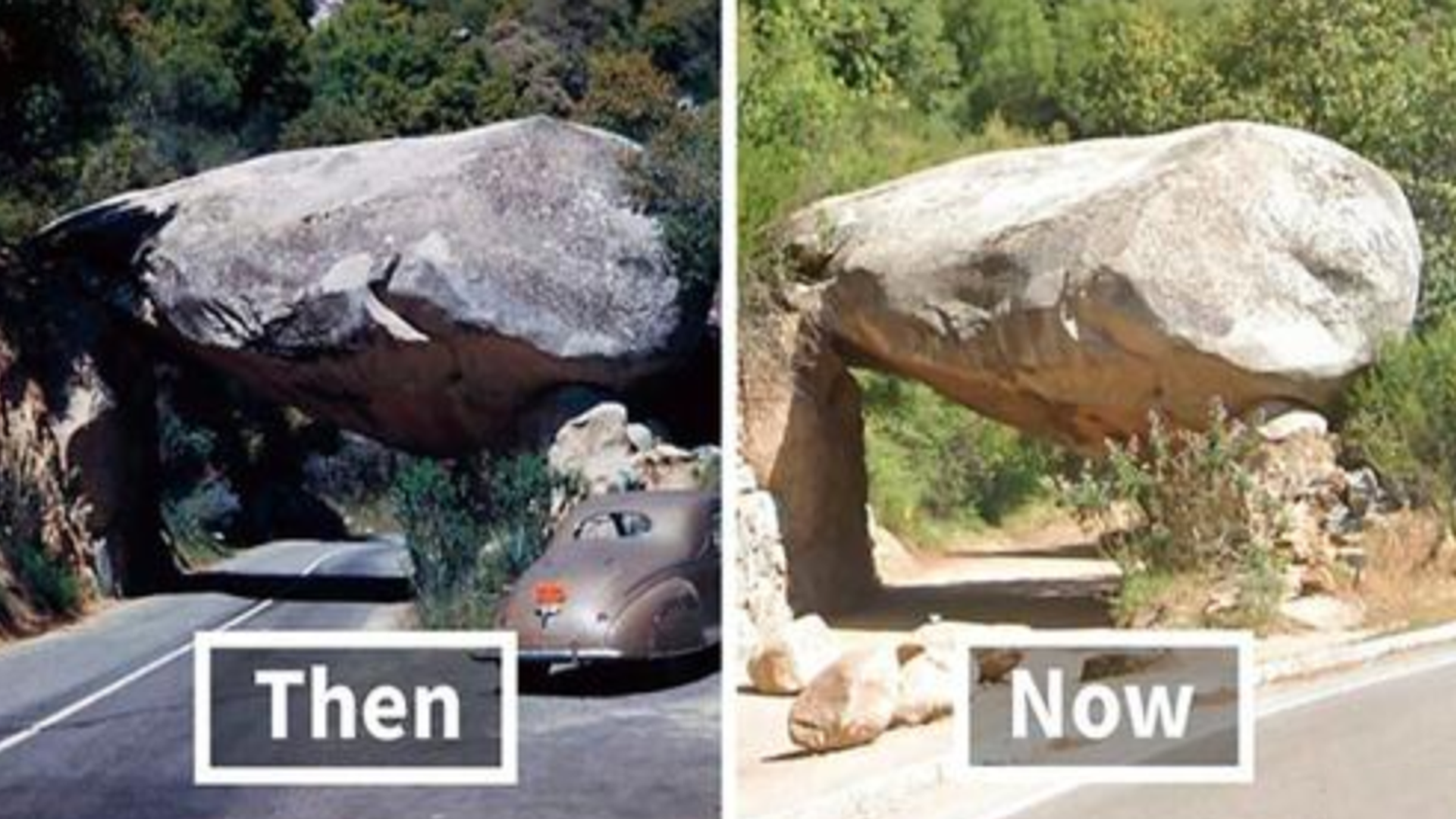A Winter Wonderland Unveiled
As we reflect on Wednesday, July 16, 2025, at 12:37 PM +07, let’s transport ourselves to the frosty landscapes of Zakopane, Poland, home to the world’s largest ice maze. This breathtaking attraction, captured in a stunning photograph, transforms a winter day into an adventure of icy twists and turns, set against the backdrop of a spectacular sunset over the Tatra Mountains. Built annually as a seasonal marvel, this ice maze draws visitors from around the globe to experience its unique blend of art, nature, and challenge.

The Scenic Spectacle
The image reveals an expansive ice maze stretching across a snow-covered expanse, its towering walls crafted from blocks of clear ice. The maze’s intricate pathways wind through a labyrinthine design, with visitors—bundled in colorful winter gear—navigating the frozen corridors. The ice walls, glistening under the soft light, rise several feet high, creating a surreal, almost otherworldly environment. In the background, the Tatra Mountains loom, their forested slopes blanketed in snow, while the sky erupts in a vibrant display of oranges, pinks, and purples as the sun dips below the horizon. The scene is framed by evergreen trees, adding a touch of natural beauty to this man-made wonder.
A Seasonal Masterpiece
Constructed each winter, the ice maze in Zakopane is a testament to human ingenuity and the region’s harsh climate. Local artisans and engineers collaborate to carve and assemble the structure, using natural ice harvested from nearby frozen lakes and rivers. The maze, often spanning thousands of square meters, is designed to challenge and delight, with dead ends, hidden corners, and occasional surprises like ice sculptures or illuminated sections. The 2025 version, likely built in late December 2024 or early January 2025, would have been crafted with precision to withstand the subzero temperatures, typically ranging from -5°C to -15°C (23°F to 5°F) in this mountainous region.
Cultural and Recreational Appeal
Zakopane, known as the “Winter Capital of Poland,” has long been a hub for winter sports and tourism, and the ice maze enhances its reputation. Located near the popular ski resorts of Kasprowy Wierch and Gubałówka, the maze attracts families, thrill-seekers, and photographers eager to capture its beauty. Visitors skate or walk through the maze, often spending hours exploring its depths, with some organizing races or group challenges. The sunset timing in the photograph suggests an evening event, possibly accompanied by hot drinks and local music, reflecting the warm hospitality of the Podhale region’s culture.
Environmental and Logistical Insights
The construction of the ice maze relies heavily on the natural environment, making it a seasonal phenomenon that lasts only through the winter months, typically from January to March. The cold, stable weather of Zakopane ensures the ice remains intact, though organizers must monitor temperatures to prevent melting during unexpected warm spells. The maze’s location on a flat, open area near the town center allows for easy access, with pathways cleared of excess snow to ensure safety. As we observe from July 2025, this temporary structure highlights the ephemeral beauty of winter, melting away each spring to make way for summer tourism.
Reflections on a Frozen Adventure
Viewing this image on a warm July day, the ice maze evokes a sense of wonder and nostalgia for winter’s magic. The contrast between the frozen labyrinth and the fiery sunset creates a striking visual, symbolizing the harmony between nature’s extremes. For those who have visited, it’s a memory of laughter and exploration; for others, it’s an invitation to plan a trip to Zakopane when the next maze rises in 2026. On July 16, 2025, this photograph serves as a reminder of how seasonal attractions can unite communities and showcase the creativity inspired by the natural world.
Conclusion
The world’s largest ice maze in Zakopane, Poland, is a fleeting yet unforgettable spectacle. Captured against a stunning sunset on a winter’s day, it combines the thrill of navigation with the beauty of a frozen landscape. As we mark this moment on July 16, 2025, it stands as a celebration of winter’s charm and human innovation, beckoning adventurers to experience its icy corridors when the season returns.





